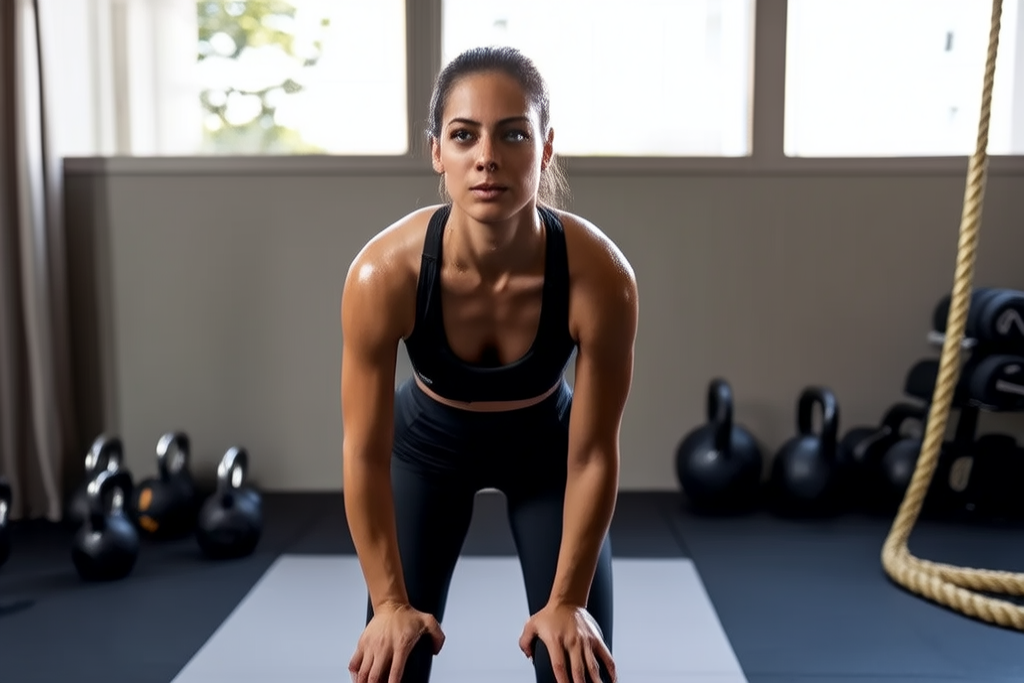
Debunking Exercise Myths: Separating Fact from Fiction for Effective and Safe Weight Loss
When it comes to weight loss and fitness, many myths circulate that can not only hinder your progress but also pose risks to your health. To shed light on these common misconceptions, we consulted with sports experts to provide clear answers.
Is High-Intensity Interval Training (HIIT) More Effective for Weight Loss?
Professor Qiu Junqiang from the School of Exercise and Human Sciences at Beijing Sport University states that HIIT is effective in improving cardiorespiratory function, body composition, and cardiometabolic risk factors in obese individuals. It is as effective as traditional continuous endurance training for lowering blood pressure and improving insulin resistance. However, there is currently insufficient evidence to prove that HIIT is *more* effective than traditional continuous aerobic exercise for overall weight loss. For overweight and obese individuals, a health screening before starting HIIT is recommended.
Does Exercising on an Empty Stomach Burn More Fat?
According to Professor Qiu Junqiang, for overweight and obese individuals, exercising on an empty stomach can have more disadvantages than advantages. While fat metabolism increases when sugar reserves are low, fat is less efficient for energy supply during exercise. To meet the body’s energy demands, protein breakdown will accelerate, leading to muscle loss.
Exercising with low blood sugar also brings various health risks, such as fat metabolism disorders, increased fatigue, insufficient energy supply to the brain, increased cell damage due to insufficient blood cell energy, and weakened immunity due to insufficient nutrition for immune cells.
Do Sweat Suits Really Burn Fat?
“This claim is not only incorrect but also very dangerous,” says Professor Qiu Junqiang. Exercising in a sweat suit causes weight loss primarily through water loss, not fat burning. Dehydration leads to an increase in core body temperature, potentially causing exercise-induced heat illness, which can be life-threatening in severe cases. Overweight and obese individuals have a weaker tolerance to heat and should absolutely not attempt to lose weight through dehydration.
Is the “Weekend Warrior” Exercise Habit Recommended?
Some working professionals find it difficult to exercise during the week and compensate by engaging in high-intensity, high-volume workouts concentrated on weekends. These individuals are sometimes called “weekend warriors.” Experts advise against this approach of doing high-intensity exercise only 1-2 times per week.
“For people who are normally inactive, engaging in occasional high-intensity exercise increases the risk of acute myocardial infarction during or after exercise by 50 times compared to regular exercisers,” states Professor Qiu. While scientific evidence shows that even irregular exercise can offer some health benefits, inconsistency significantly increases the risk of musculoskeletal injuries and cardiovascular accidents.
Recommendations for Effective and Safe Exercise:
Experts emphasize that regular, gradual exercise that is in sync with your body clock can scientifically and effectively enhance exercise results.
Associate Professor Bao Ke from the School of Physical Training at Beijing Sport University suggests choosing morning or evening hours for exercise when cortisol levels are typically higher, as muscle strength and endurance performance are optimal during these times, potentially boosting exercise efficiency by 20-30%. He recommends adopting a “3+1” training cycle (3 weeks of progressive overload + 1 week of recovery), utilizing the supercompensation theory. This allows muscle fibers to complete protein synthesis during the 48-72 hour recovery period, leading to a step-like increase in physical fitness. Aim to exercise at least 3 times per week to help your body adapt and improve overall fitness.
Which exercises are most suitable for obese individuals? Professor Qiu Junqiang says that aerobic exercises like walking, using a treadmill or stationary bike, and swimming are well-suited for overweight and obese people and are beneficial for cardiovascular health. For individuals with osteoarthritis who cannot tolerate weight-bearing exercise, activities like swimming or aquatic exercise therapy are recommended, as they build strength and improve cardiorespiratory fitness while being gentle on the joints.

